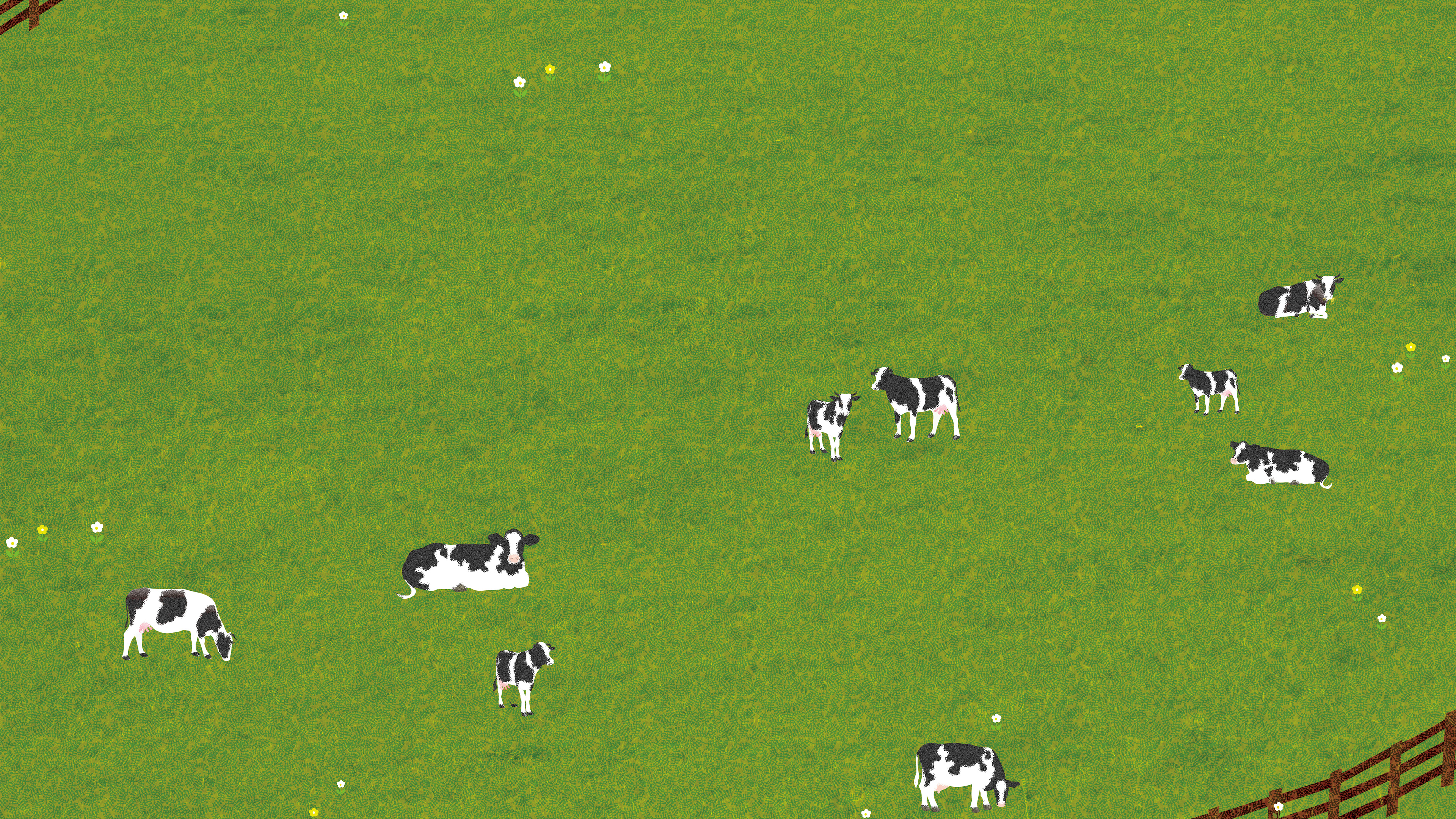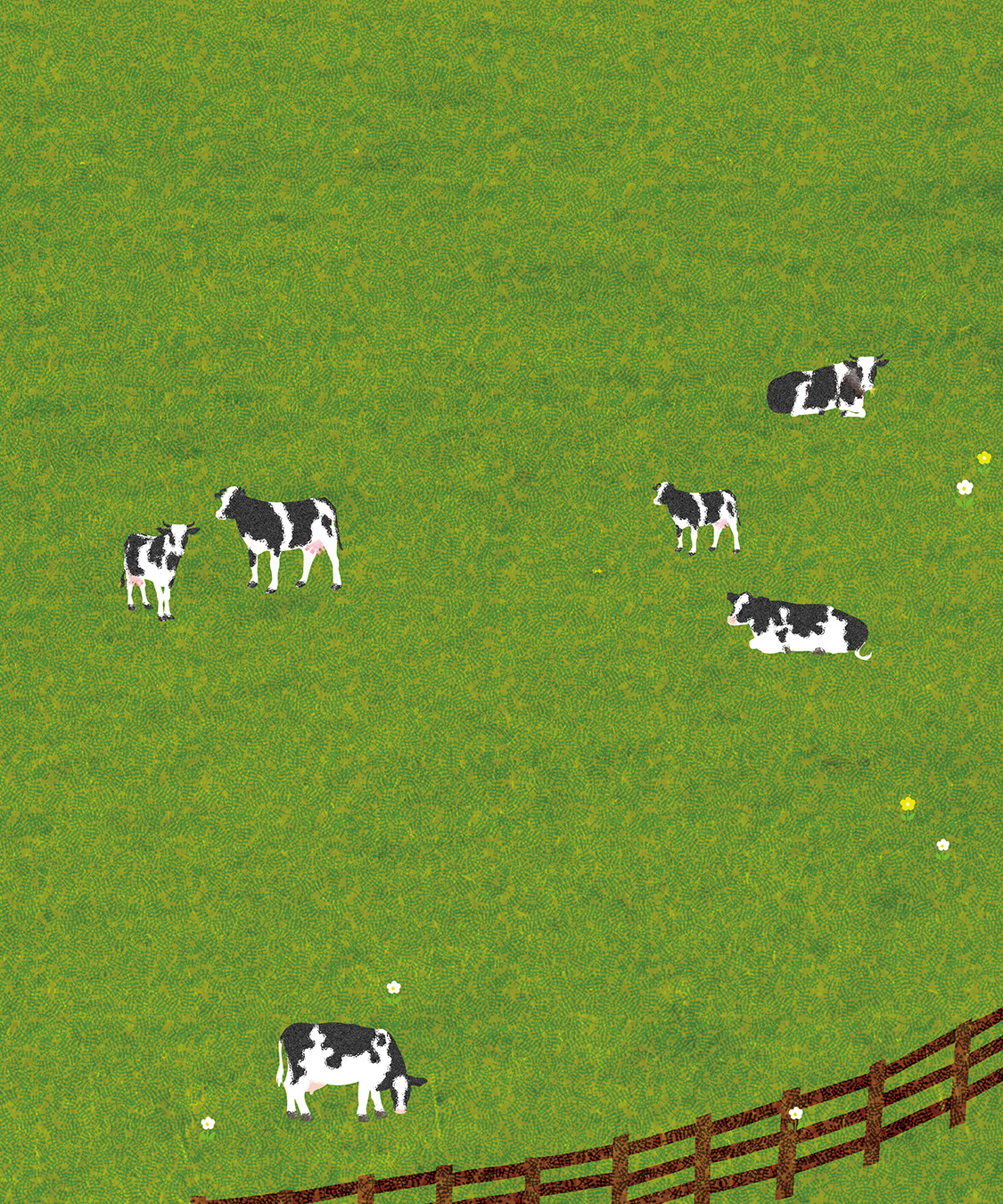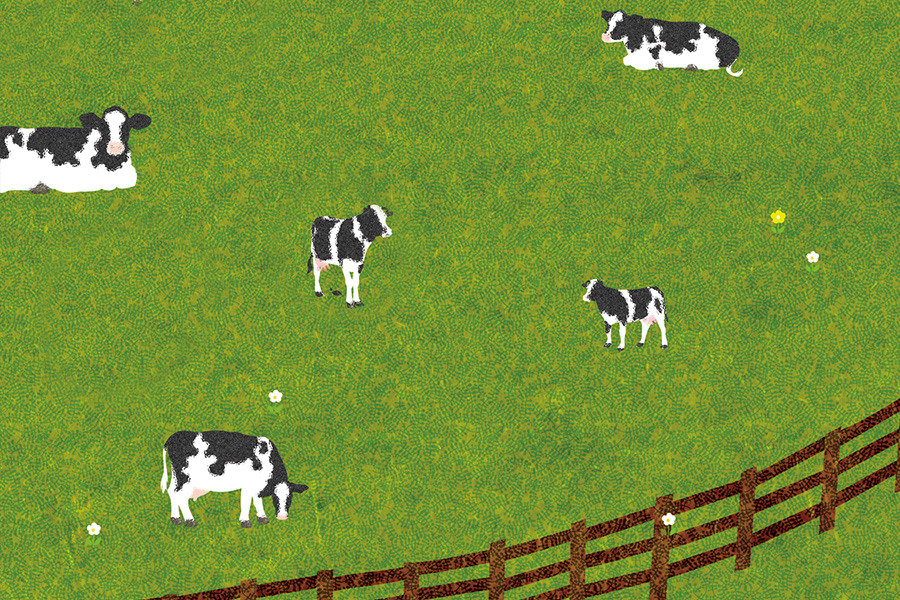STORY #5
Functional brewed vinegar
made from Shiga whey
Mamoru Wakayama, Ph.D.
Professor, College of Life Sciences
Effective use of whey to
develop new products
under the Lake Country brand
Shiga Prefecture is known for its abundance of water resources, thanks to Lake Biwa, and rich soil, which have sustained the flourishing of agriculture, including rice cultivation. In the livestock industry, Omi Beef, one of Japan’s three major wagyu beef breeds, is well-known, but the prefecture also has a long history of dairy farming. Using vast, high-quality land, Shiga Prefecture produces as much as 22,000 tons of raw milk per year. “Some dairy producers are expanding into the so-called sixth industry, processing and selling their own raw milk, cheese, ice cream, yogurt, among other products.” Mamoru Wakayama, working to revitalize local industries through industry-academia collaborations with dairy farms and those engaged in dairy farming, processing, and marketing of dairy products in Shiga prefecture, is engaged in developing new processed products that will become regional brands.
His focus is on whey, a byproduct of cheese making. Whey is the substance that remains after casein, milk fat, and other components have been removed from milk. In the past, whey was treated as industrial waste and discharged into the environment. However, it has recently been recognized as a contributor to river eutrophication and is now being strictly regulated.
Whey solution contains various nutrients, such as protein and minerals. While these nutrients have been receiving attention for their use in supplements and health products in recent years, their amounts of use have been minimal at present, and there is still a strong demand for new ways to utilize the surplus whey. Wakayama and his team are developing a new type of vinegar made from whey with unique functionalities. Its name, Lacto-Vinegar.
Wakayama is researching useful enzymes and microorganisms to develop foods and pharmaceuticals that promote and maintain good health. As the production adjustment of milk—the raw material for whey—can be difficult, and surplus treatment is often an issue, Wakayama has also sought out effective ways to use milk. “One example is the development of a fermented seasoning liquid called Lact-sho, which is similar to soy sauce but uses milk as the main ingredient,” Wakayama says. “I hope to utilize the insights and knowledge gained through this research to create a new functional vinegar.”
Typically, to make vinegar, rice is steamed, and koji (an enzyme) and water are added to convert the starch into sugar (glucose) through saccharification. Yeast is then added to the sugar for alcoholic fermentation to create alcohol and make sake or wine. Acetic acid bacteria are added to the sake, or wine, converting the alcohol into acetic acid through fermentation to create vinegar.
Wakayama and his team have attempted to create a new kind of brewed vinegar using whey (lactose) as a sugar source. By examining the substrate concentration of whey, the temperature and time of fermentation, and the temperature and time of heat treatment for sterilization, the optimal brewing conditions were determined. As a result, the team was able to develop a Lacto-Vinegar successfully.
“One of the main challenges is finding a brewing method that can be implemented on the ranch where the Lacto-Vinegar is to be produced,” Wakayama explains. Advanced equipment and brewing technology used in the laboratory cannot be used on the ranch. Additionally, whey is known to contain microorganisms such as lactic acid bacteria and must be sterilized before use. The team is working to establish a system that can produce products stably using a brewing method that can be practiced on the ranch without large capital investment. “For example, in the laboratory, whey is sterilized using an autoclave at a high temperature of 121℃ before brewing, but there is no such equipment on the ranch. Instead, we are exploring ways to sterilize whey at low temperatures over a longer period.” Currently, the team is brewing on a small scale of 150-300 ml (5.07-10.14 fluid ounces) in the laboratory. According to Wakayama, the plan is to gradually increase its scale to bring it closer to the production level.
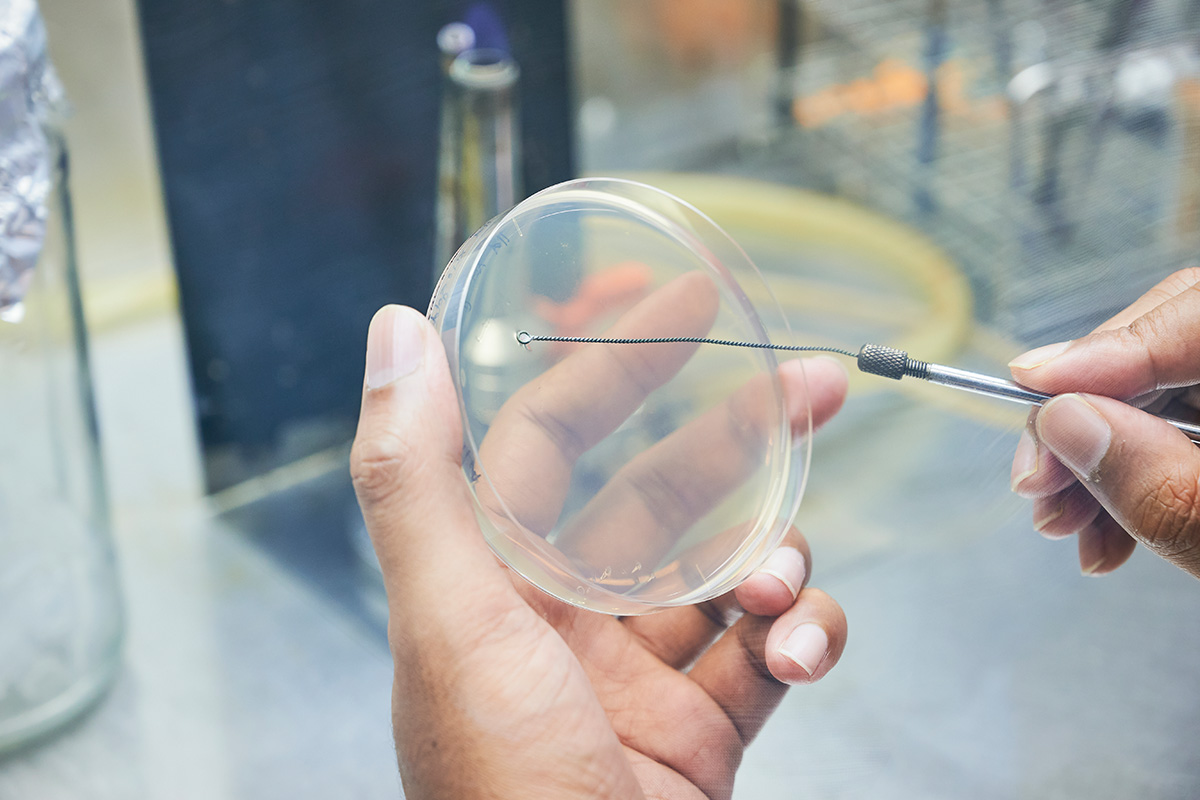
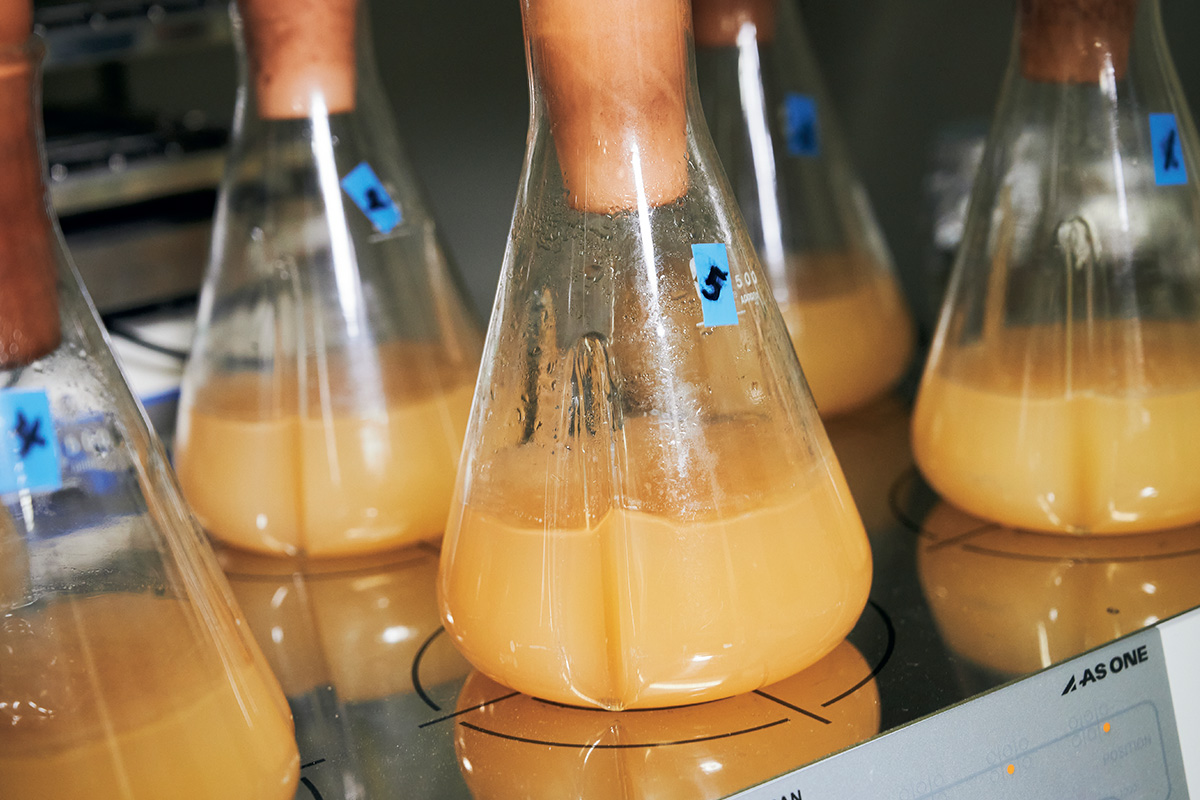
Wakayama and his team are also investigating raw materials to create value-added brewed vinegar with unprecedented functionality. One such study compares the use of rapeseed and wheat bran as raw materials for koji, which is used to saccharify whey solution.
Whey is saccharified using rapeseed koji and wheat bran koji, and the microorganism Zymomonas mobilis is used for alcoholic fermentation. “Our analysis of the ingredients in the brewed Lacto-Vinegar has shown that it has significantly higher amino acid content, antihypertensive activity, and antioxidant capacity compared to commercially available vinegar. In addition, we have found that the Lacto-Vinegar made with rapeseed koji has superior amino acid content, antihypertensive activity, and antioxidant capacity compared to that made just with wheat bran koji,” Wakayama shares. Wakayama is also studying the role of lactic acid bacteria in whey in contributing to acetic acid fermentation as part of their research on metabolism.
His goal is to commercialize the Lacto-Vinegar and develop it into a private brand for Shiga Prefecture, the Lake Country. The day when a new food product representing Shiga Prefecture debuts is eagerly awaited.
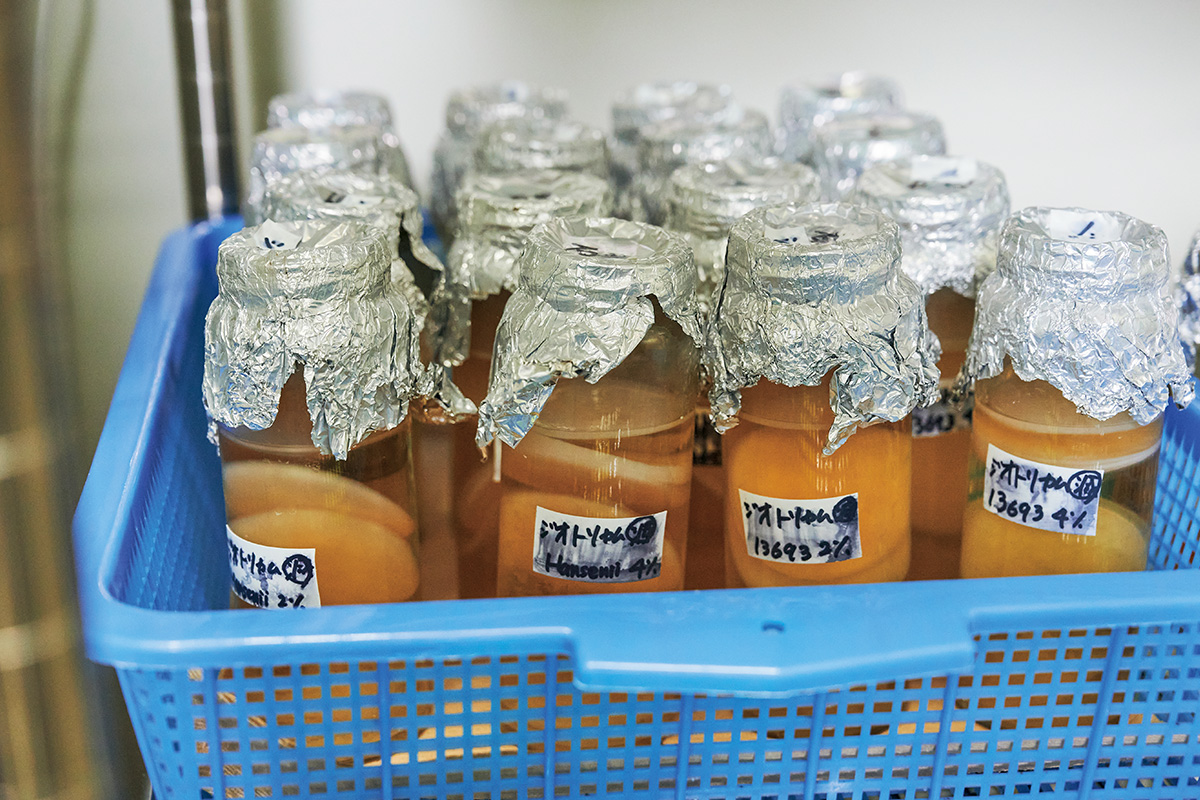

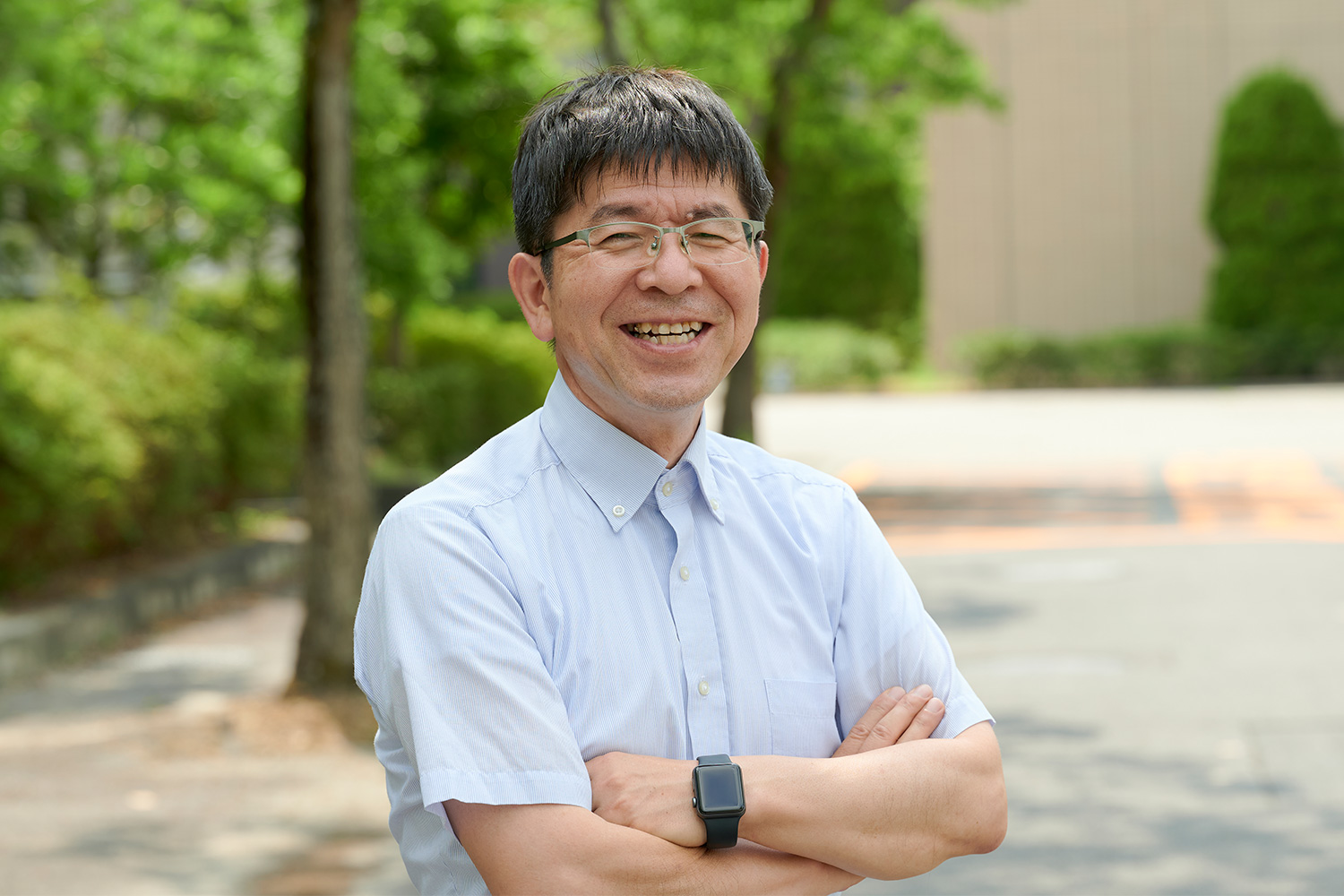
- Mamoru Wakayama, Ph.D.
- Professor, College of Life Sciences
- Research Themes: Development of production methods for useful substances using enzymes and fermentation; Characterization of microorganisms involved in fermentation
- Specialties: Applied microbiology; Applied biochemistry; Food sciences
